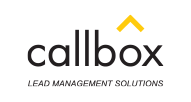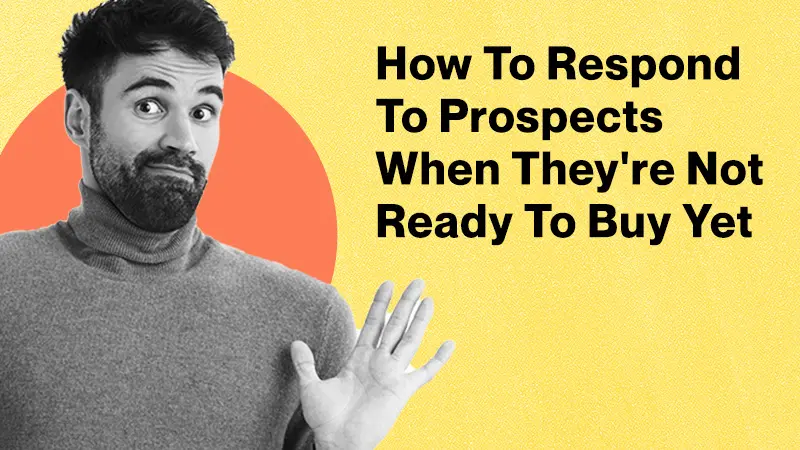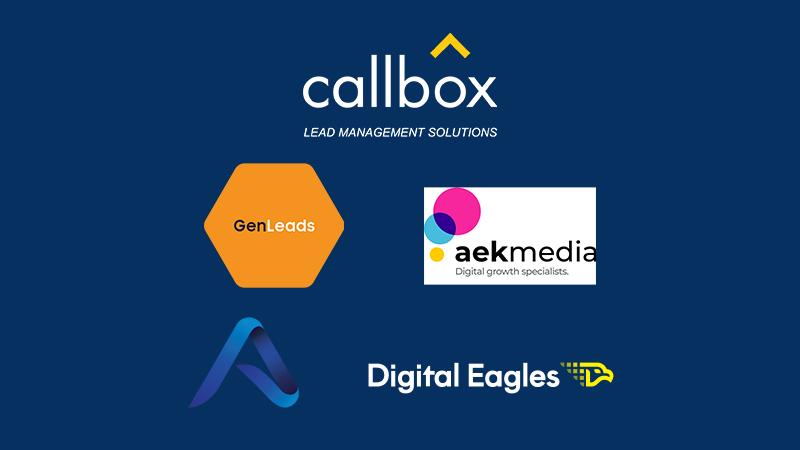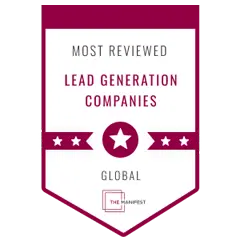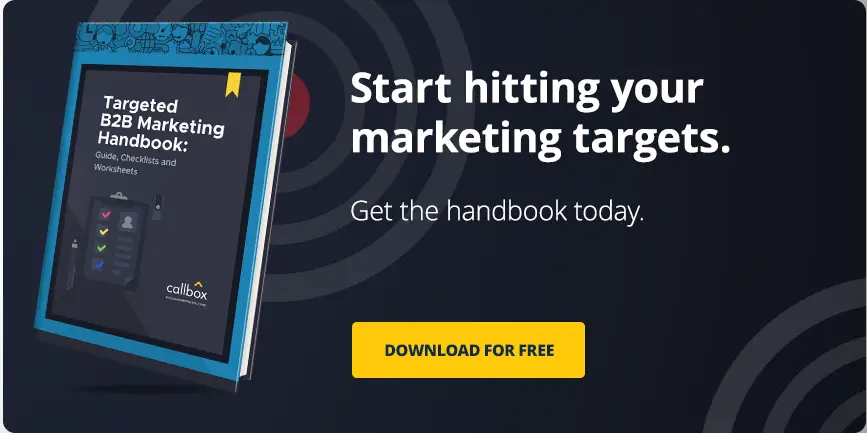Not now, we are not interested.
When you receive this message from potential leads that you have been allocating your time and focus into, more likely you will think that you have failed to invite them into a discussion, not proven you’re worth a discussion and in worst cases, you think that the way you’ve reached out has led into a rejection.
However you might be wrong, you have just encountered a sales objection. Thus, as Bo Bennet has said:
An objection is not a rejection; it is simply a request for more information.
– Bo Bennet
Think on the bright side. When potential leads object with “not now”, this only means that they have received your message and avoided the spam bin. Also, the prospect refrained from deleting or marking you as spam. But more importantly, you have successfully caused the prospect to read the email and reply.
Therefore, the “not now” reply from your prospects can be an invitation or even almost like a challenge.
So should you respond? Ofcourse, because you have now established a sense of curiosity into your prospect.
However you should really be careful and not too risky in responding to sales objections in order to turn it into a qualified conversation.
A “not now” response can mean a lot of things but if you communicate in the right way it will spark an engagement with your prospects. Here are 5 ways how:
1. Hear them out
One approach to deal with sales objections is to take their side and listen to them. Because you and your organization are both affected, you can be open and honest about the issue and relate to the prospect. Most of the time, the prospect isn’t directly turning you down. ‘I want to purchase, but not right now,’ they’re presumably saying.
So, pay attention to them, understand their worries, and talk to them about what has to happen for business to resume as normal, such as the reopening of the economy and a reduction in infection rates, to name a few examples.

Continually communicate with them based on their answer by delivering updates on these metrics. They will be able to commit to a purchase once they notice the needle going in the correct way.
This manner, you’re asking the prospect what the best time is for them to contact you. You can’t expect them to keep track of what criteria are essential to them once they tell you. They have other things to think about. This is why it’s critical to stay in touch with them at this time.
Related: 2 Surefire Strategies that Increased My Conversions by 70%
2. Re-evaluate your approach
Keep in mind that your prospects aren’t trying to tell you they don’t want to buy your goods. They’re only stating that your emails do not accurately reflect the current reality.
Your prior emailing habits will no longer be applicable. The answer is a straightforward three-step procedure: Return to the drawing board, analyze, and rewrite your emails from the bottom up.
For example, despite the fact that the COVID pandemic has impacted the world, many firms may still have not updated their emails to reflect the present circumstances.
Thus, it is preferable to change it now rather than later, and it is straightforward. As a result, you should consider delivering safety recommendations to your prospects, checking in on them to see how they’re doing, and providing them with practical advice. This demonstrates that you are empathizing with them while yet communicating with them in a consistent manner.
Related: From Feet on the Street to Digital: 3 Sales Tips That Never Left
3. Offer or extend the trial period
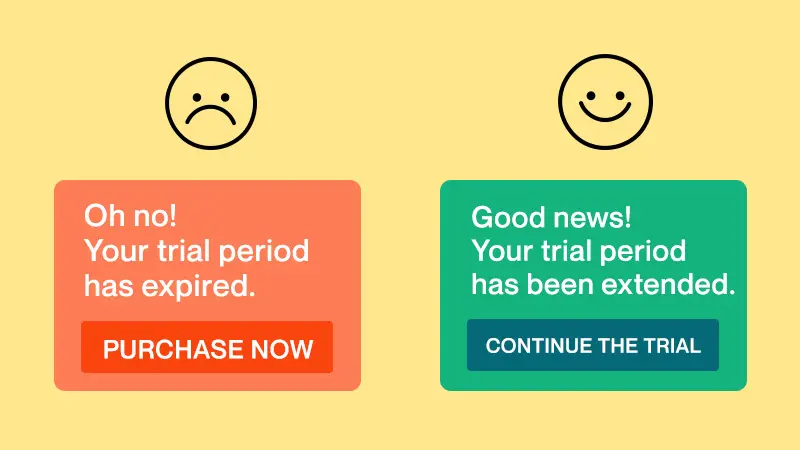
Despite the fact that the prospect may be pleased with the product after a demo or trial, they may not have the financial means to adopt your solution, or it may not be their top priority.
These days, almost all business solutions come with a free trial period. If your prospect expresses an interest in purchasing but is unable to do so, you may prolong the trial period so that they can continue to utilize your product. What’s more essential is that you don’t want to permanently lose them as a potential customer.
Meanwhile, there are certain goods that do not require a trial period.
Few customers pay for these items in full up front; instead, they choose for monthly installments over a certain period of time. This necessitates their signing some financial paperwork, as well as proving that they are legally accountable for the payments. So, if your prospect is unable to pay in full up front, they may still buy the goods, and monthly payments can begin after two months or any other time period that your firm deems appropriate.
Related: Top SaaS Selling Strategies for APAC
4. Offer settlements and discounts
Most likely, the issue arises when the buyer is put off by the price. Right there and then, closing the deal becomes difficult. We’ve all heard the phrase, “It’s too expensive.”
We can never know what it actually means when we say something is costly. My advice is to concentrate on the context.
For example, a 5 to 6-digit price tag on a product could seem a little costly for a small firm. But, if you want to get into that market, I’d recommend giving a reduced settlement plan. Simply inquire as to whether or not cost is an issue, and then determine what sort of incentive or discount you can provide to clinch the transaction.
It’s also possible that your prospects aren’t aware of the value you provide. For them, it’s a costly exchange. In such a situation, having social evidence on your side as cavalry is critical. Send them a case study that demonstrates how you accomplished it for a similar firm. Even better if it’s a company and field that they can identify with.
Related: Sales Prospecting Trends Every Sales Manager Should Know
5. Sell your time
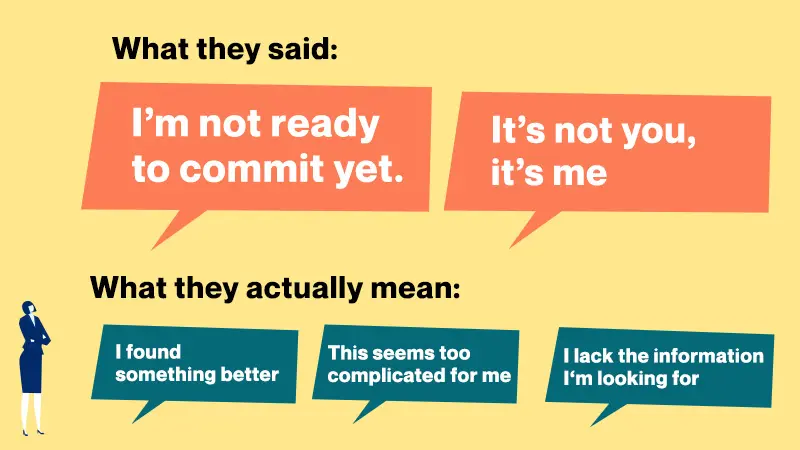
A sales objection is comparable to a breakup, in which you invent a reason to get out of a relationship. “I’m not ready to commit yet” or “It’s not you, it’s me” are common phrases. Most of the time, it’s just an excuse to do something else. It’s quite unusual that your prospect is pressed for time. People are always looking for methods to generate more money or expand their businesses faster. All you have to do now is explain why they require your assistance.
Selling time is a critical component of a company’s success. As a result, anytime you’re negotiating with someone, you should always mention how your ideas would assist them in reclaiming their time.
Finally, you must determine whether your offering is too complicated for your prospect. When at all possible, avoid friction. Nobody will ever tell you that they don’t have time for your product if it appears to be straightforward and enjoyable to use.
“Not now” is not saying that your prospect is rejecting what you over but instead it’s telling you that your message has caught their attention, thus they are challenging you to prove that your services, products, and solutions are worthy of having a transaction with.
“Not now” is the time to give up on your prospects, all you have to do is to have the persistence to respond back in a way that could build up into a possible deal.
